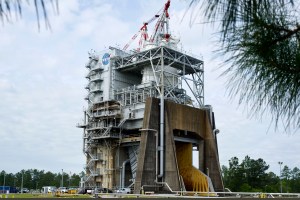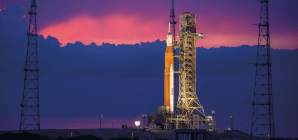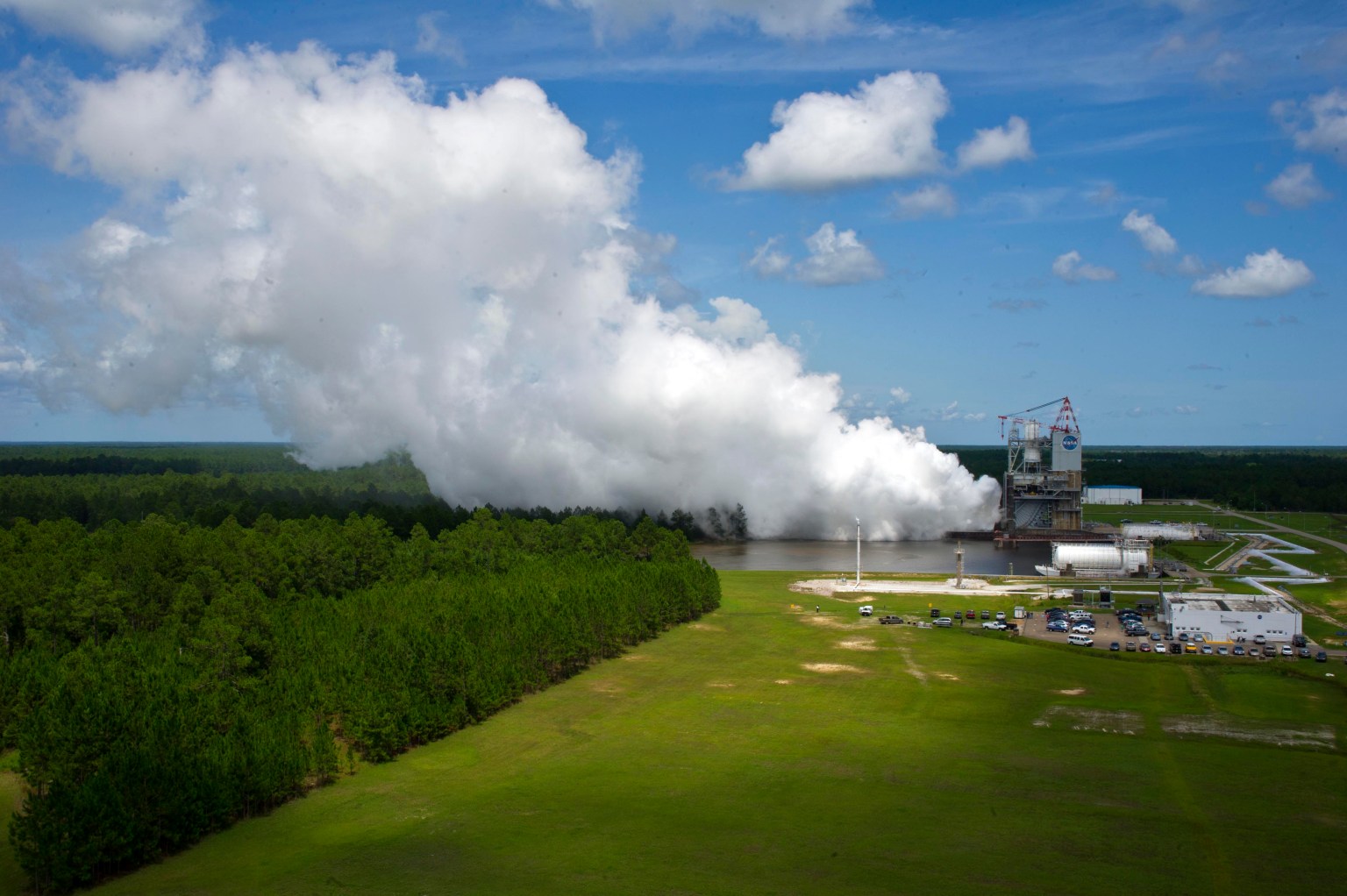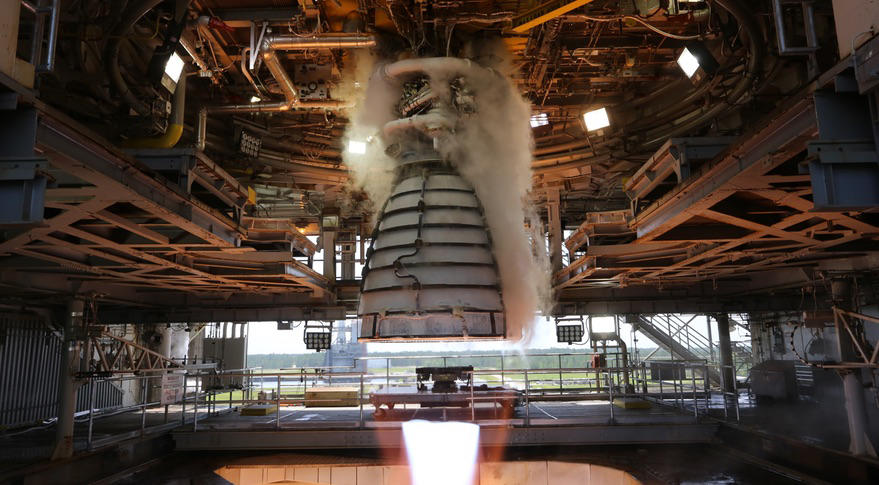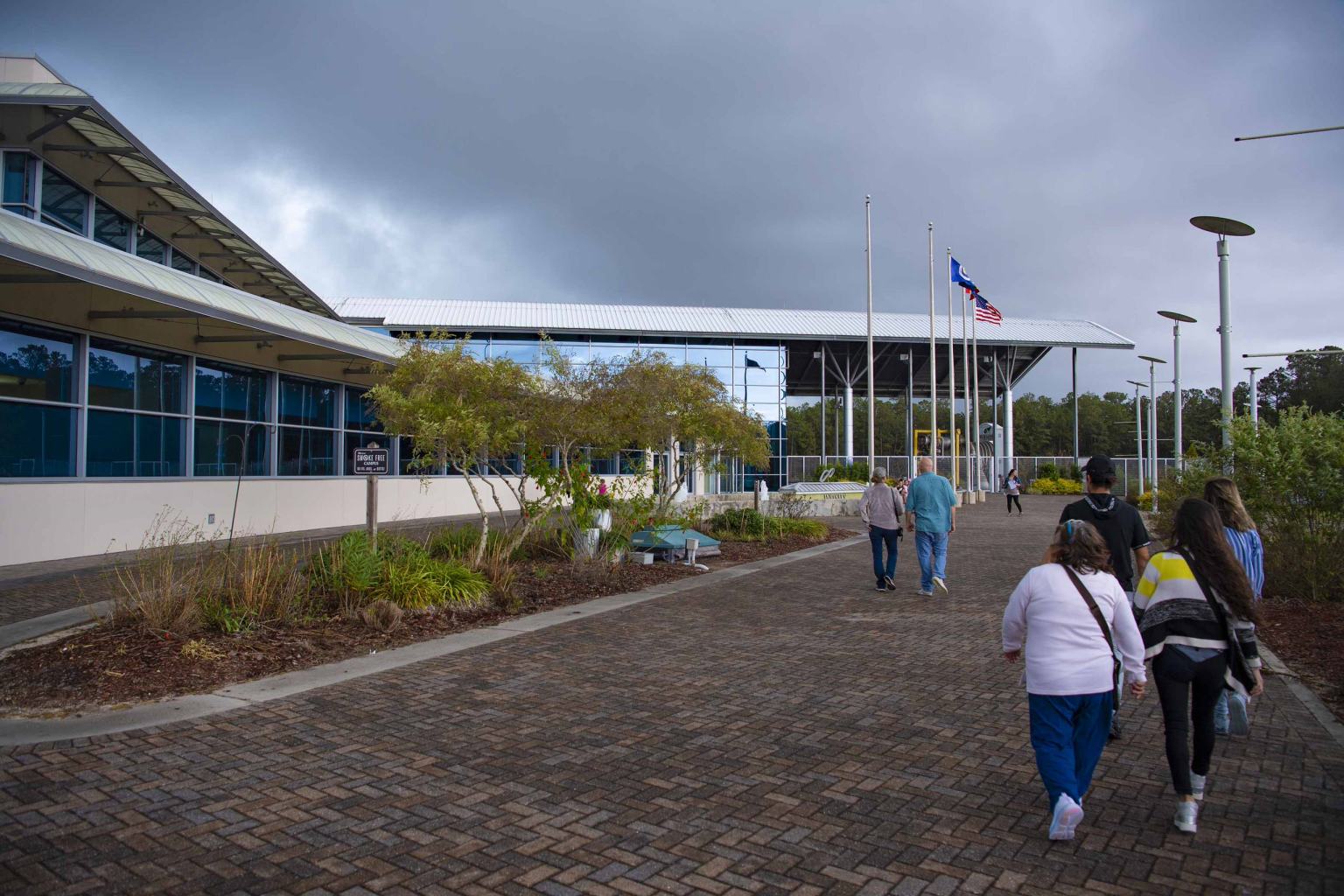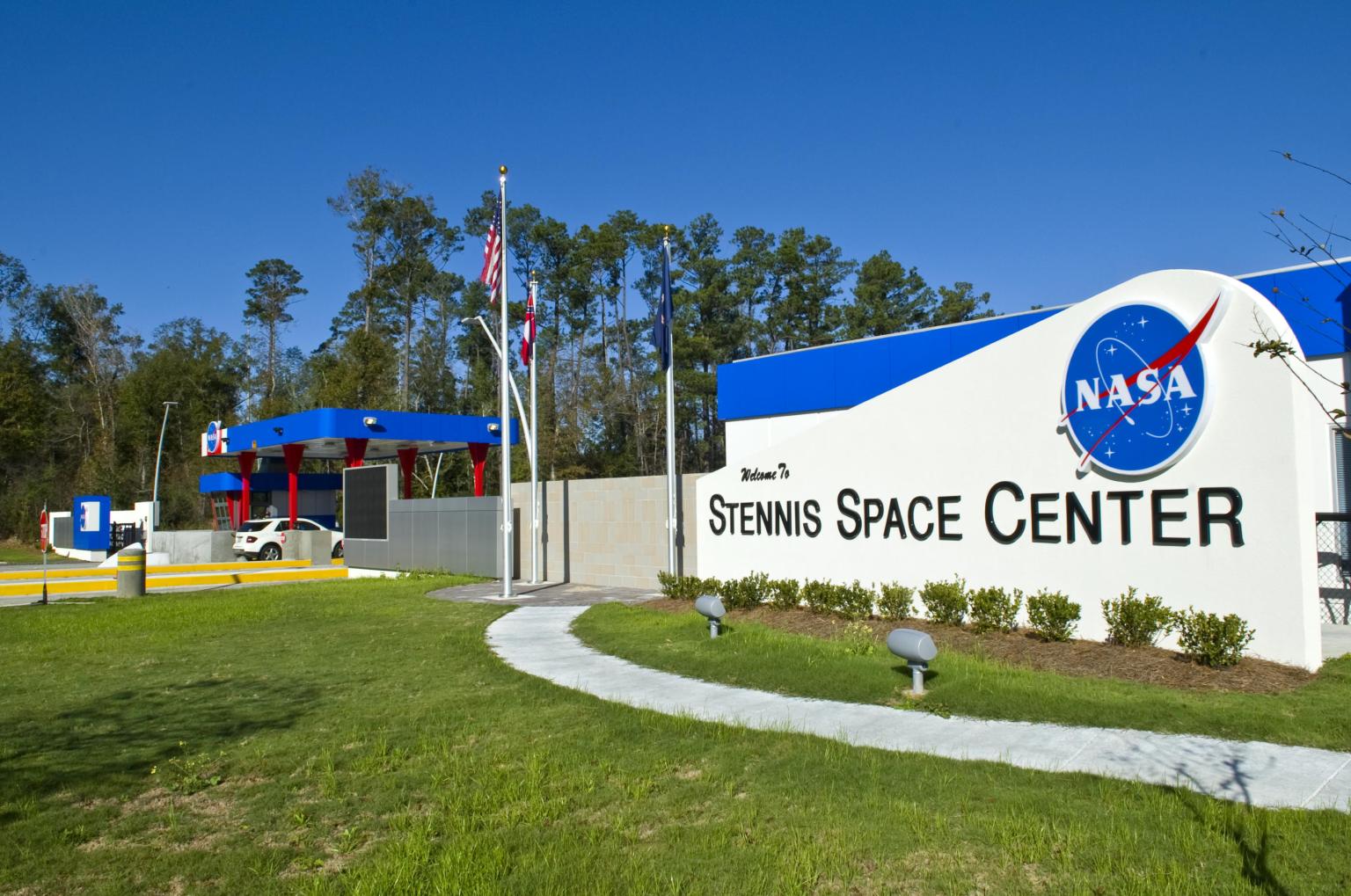Pending Launch Will Signal Start of Historic NASA Stennis Mission
For NASA’s Stennis Space Center, anticipation is high for the scheduled launch today, Monday, March 4, of a SpaceX Falcon 9 rocket that will mark the initial step in the Center’s first-ever in-space mission. The launch window is 5:05 to 5:59 p.m. EST, with liftoff currently targeted for 5:05 pm EST. The SpaceX Transporter 10 […]
For NASA’s Stennis Space Center, anticipation is high for the scheduled launch today, Monday, March 4, of a SpaceX Falcon 9 rocket that will mark the initial step in the Center’s first-ever in-space mission. The launch window is 5:05 to 5:59 p.m. EST, with liftoff currently targeted for 5:05 pm EST.
The SpaceX Transporter 10 mission, to be launched from Vandenburg Space Force Base in California, is a dedicated rideshare mission carrying dozens of government and commercial micro- and nanosatellites to orbit. The cargo includes the Sidus Space premier LizzieSatTM-1 (LS-1) satellite, being launched on a pathfinder and technology demonstrator mission.
In an ongoing partnership with NASA Stennis, one of a handful of payloads being flown by Sidus Space on LS-1 is ASTRA (Autonomous Satellite Technology for Resilient Applications). ASTRA is a hardware and software payload developed by the Autonomous Systems Laboratory (ASL) team at the NASA site near Bay St. Louis, Mississippi.
“This is real-time history-in-the-making for NASA Stennis,” Acting Center Director John Bailey said. “This historic autonomous systems payload for NASA Stennis lines up with our plans to accelerate the exploration and commercialization of space to benefit NASA and the aerospace industry at large.”
Launch of Transporter 10, with deployment of the LS-1 satellite and activation of its individual payloads still to come, represents an exciting first step as NASA Stennis builds momentum and seeks to grow in its work with autonomous systems.
Upon successful startup, ASTRA will use its digital twin and integrated health management capabilities to monitor satellite performance, and to detect anomalies and identify their cause. The NASA Stennis ASL team will be able to update the ASTRA software in orbit to add capabilities during the mission. Ultimately, ASTRA will demonstrate autonomous operation of LS-1.
“This is a unique opportunity to demonstrate autonomous technology in space and learn valuable information about the software,” NASA Stennis Autonomous Systems Laboratory Branch Chief Chris Carmichael said. “Autonomous operations improve reliability while reducing risks. This work is critical for future deep space missions to ensure mission success.”
The Transporter 10 launch may be viewed online on the Sidus Space website or at SpaceX social media.
To stay connected with the ASTRA project and future autonomous systems work at NASA Stennis, visit the center’s website or follow @NASAStennis on Facebook, Instagram, YouTube, or X.
Share
Details
Related Terms
What's Your Reaction?



















.jpg?#)























